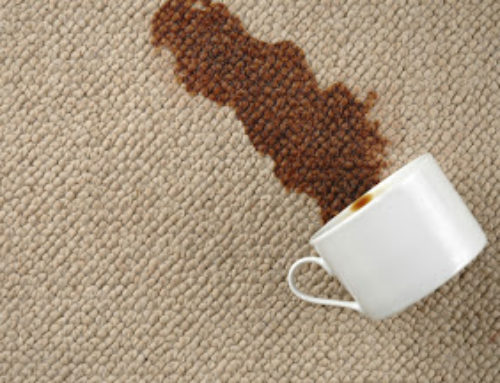Producing Overdyed rugs is a relatively new phenomenon in the carpet and furnishing industry. It goes back to the idea of the influence of modern fashion design concepts that introduced more vibrant and load phosphoric colors. The desire for these vibrant colors encouraged the consumers in modern rugs category to use the same Overdyed colors in their furnishing including rugs. Initially, Overdyed rugs were produced from already existing rugs that could even have traditional patterns. In a way one can say that the birth of overdyed rugs was the result of a gradual procedure consistent with the idea of making already existing Persian rugs that generally have traditional colors, more fitting with the modern western and American taste which was leaning towards more faded colors and harmony eliminating the vast diversity of the colors.
To produce such rugs which were more desirable to modern western taste, some rug dealer started to ask the weavers and producers to bring more earth tone and faded rugs to the market. The result of this effort was bleaching some rugs with certain detergents and chemicals that would reduce the colors in a rug and make a different variety of colors closer to each other. This was done even with some high quality and extensive Tabriz rugs. Making it possible for the consumers with a high-quality taste to use this fine made rugs and at the same time have it blend into their desired home environments. As a result, these rugs which were initially made with more traditional colors and patterns became quite popular.
The next step was to take these bleached rugs that they had their original colors reduced and dye them with one particular color which is usually a load color and make it dominate the rest of the existing colors and show the patterns more hidden. These hidden patterns although wouldn’t show as detailed as they were originally meant, yet they would give a nice feeling underneath the more vibrant overdyed color so the final product is not only a single color but still showing the reduced color tone underneath the new color. Also, the mix of the new color with the remaining original colors would produce a kind of variation in the colors which is desired by modern consumers.
Overdying also could give a new face to some used, vintage and antique rugs in which the pile was trimmed and made more consistent with other parts of the rug that were worn out. These kinds of old and antique rugs which bleached and later over dyed had their own consumer niche.
Later the manufacturers started producing Overdyed rugs from scratch which is increasingly becoming popular. Overdyed rugs when they first came into existence were hand-knotted rugs and they could be found in all varieties of colors and different qualities of the weave. There are vintage overdyed, Persian and Turkish rugs available on the market now. Nevertheless, most Overdyed rugs are being produced in Pakistan and often are vintage and aged rugs that get a second chance of being placed in a modern setting and decorating modern homes all over the world. Now it is possible to find machine-made rugs that have the same type of colors and have the same feel. The machine made Overdyed rugs, however, are not really Overdyed.
Patchwork Overdyed Area rugs
Overdyed area rugs also could have a general pattern of patchwork. The patchwork in Overdyed rugs is made in two ways of Overdying an already existing patchwork rug. Or making a whole single piece rug with a patchwork design and taking it through the procedural steps to convert it to an Overdyed patchwork area rug.




